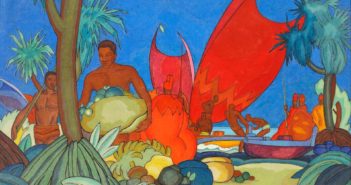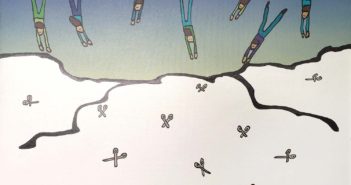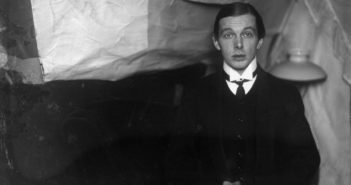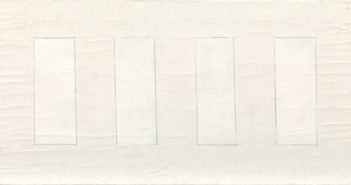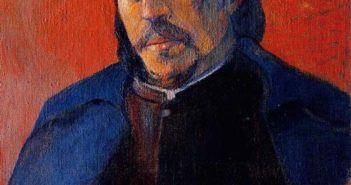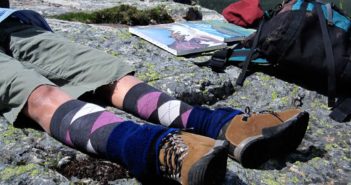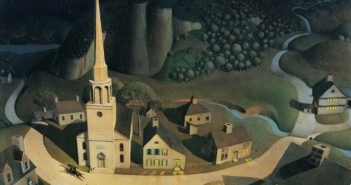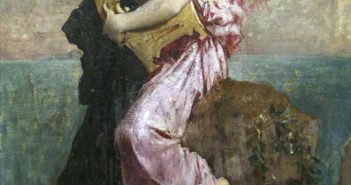
Breaking down the Muse
Upon analyzing more than six decades of creativity-related papers, English scholars have isolated some recurring themes. Kent University computational scientist Anna Jordanous and Sussex University linguist Bill Keller suggest that fourteen interdependent components can be identified as the building blocks of creativity. As artists, we know them collectively as “the Muse” and, at the risk of spoiling our mystery, here they are:

